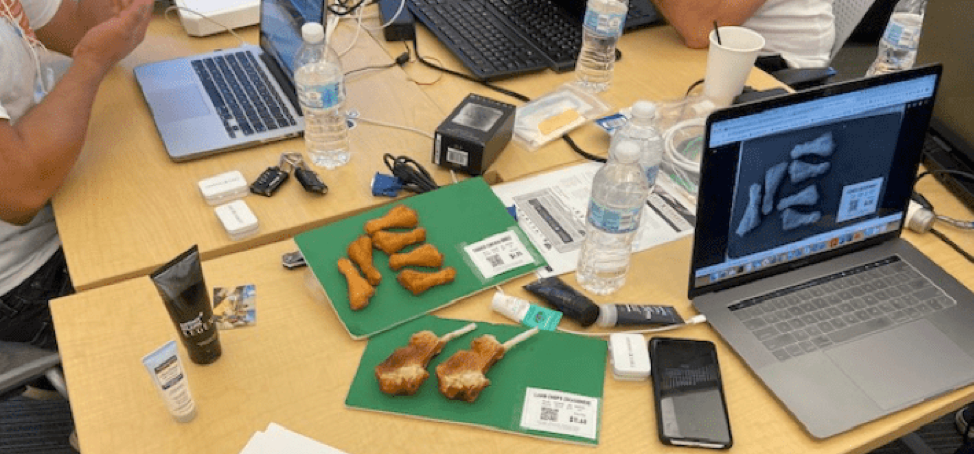EdgeX Foundry, the vendor-neutral open source framework for IoT solutions with over a million downloads, recently held its first hackathon, EdgeX Open over two days in October in Chicago. Co-hosted by the Linux Foundation’s LF Edge organization and the Retail Industry Leaders Association, the competitive event attracted over 70 participants to work on retail edge use cases.
The US retail industry represents a $3+ trillion market with global investment in IoT for retail predicted to reach $35 billion over the next five years. VMware’s Malini Bhandaru, co-chair of EdgeX Foundry’s Security Work Group, notes that advanced loss prevention, inventory management, and in-store customer experience improvement are all ideal IoT edge use cases, the edge computing reducing response latencies even as it reduces network bandwidth needs.
While EdgeX Open participants could work on their retail use cases ahead of time, they could earn bonus points by integrating a surprise element: a camera that leveraged Intel’s OpenVINO computer vision system for object recognition.

The competing groups represented HAVI, Intel/Intuiface, Johnson Controls, UST Global, and Volteo, along with a sixth group of independently registered participants. On the second day, the judges listened to the team pitches and interviewed them to better understand their solution and how they used EdgeX.
The Volteo team bagged first prize for their inventory management and loss prevention system that used RFID and door sensors along with networked cameras and point-of-sale data to reduce in-store losses.
Second place went to the Intel/Intuiface group for a sensor-integrated interactive sales kiosk that triggered alerts when customers failed to scan their items, or when the OpenVINO image recognition system detected a customer behaving suspiciously.

Rounding out the top three was UST Global, who used augmented reality, RFID, and point of sales data to track highly-perishable groceries. They even brought along models of meat to train their system to dynamically markdown specific products.
For EdgeX developers, the event yielded valuable feedback about their framework. Participant reports ranged from “EdgeX is great, it allowed us to integrate disparate systems,” to wishing for sample code for leveraging framework features such as the rules engine, notification, and telemetry services. Lack of Golang knowledge was also a challenge for some while absence of live configuration updates was inconvenient.

A key takeaway for the EdgeX community was the need to provide more documentation, including end-to-end sample code in their G release slated for spring of 2020. It was also clear that EdgeX’s evolving App Function SDK will make richer use cases easier to implement.
For a detailed review of how the EdgeX Open unfolded plus many more pictures from the event, check out LF Edge Board Member Jason Sheppard’s blog post and reporter Swapnil Bhartiya’s article at Linux.com. But the bottom line, says Bhandaru, is that “the hackathon confirmed that EdgeX can help deliver real, interesting IoT uses cases.”






